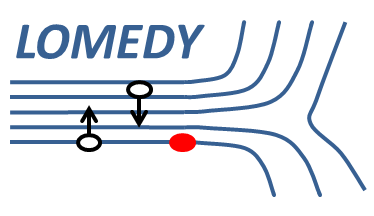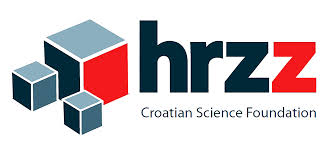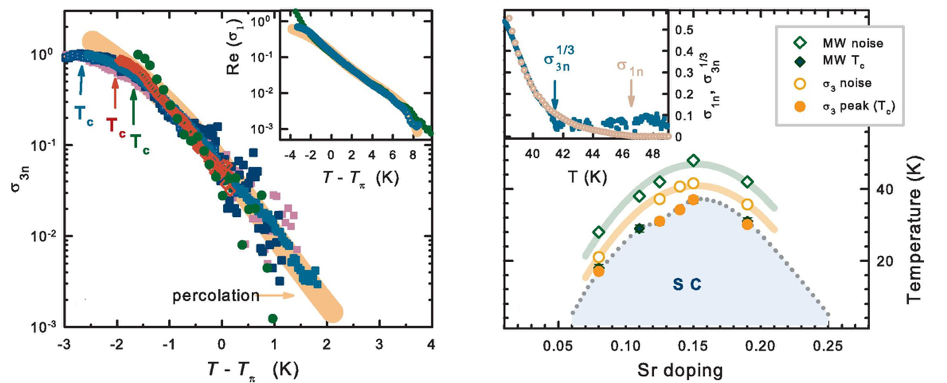

P. Kolar, M. S. Grbić, S. Hrabar, Sensors 19, 03064 (2019)
M. S. Grbić, JAP 125, 224501 (2019)
T. Cvitanić, M. Lukas, M. S. Grbić, Rev. Sci. Instrum. 90, 043903 (2019)
D. Pelc, P. Popčević, M. Požek, M. Greven, and N. Barišić, Sci. Adv. 5, eaau4538 (2019)
D. Pelc, H.-J. Grafe, G. D. Gu, and M. Požek, Phys. Rev. B 95, 054508 (2017).
R. Blinder et al. Phys. Rev. B 95, 020404(R) (2017).
D. Pelc, M. Vučković, H.-J. Grafe, S.-H. Baek, M. Požek, Nature Communications 7, 12775 (2016).
D. Pelc, M. Požek, V. Despoja and D. K. Sunko, New J. Phys. 17, 083033 (2015).
M. Došlić, D. Pelc and M. Požek, Rev. Sci. Instrum 85, 073905 (2014).
T. Cvitanić, D. Pelc, M. Požek, E. Amit, and A. Keren, Phys. Rev. B 90, 054508 (2014).
Researchers from the Department of Physics Damjan Pelc, Marija Vučković, Mihael Grbic, Miroslav Požek and Neven Barišić discovered a new property of high-temperature superconductors, showing that the formation of superconductivity in the cupreates can be universally understood through the process of percolation. The discovery was published in Nature Communications in collaboration with colleagues from the US and Japan.
By studying a wide range of cuprates using different techniques, the researchers isolated a universal percolation mechanism. It indicates that superconductivity in the cuprates is intrinsically spatially non-homogeneous, with a unique characteristic degree of inhomogeneity which does not depend on the type of compound or doping of the charge carriers. This result is of great significance because after several decades it has refuted the common belief that superconductivity is the result of a uniform critical paraconducting phase. This mystery was most revealed by the innovative use of the nonlinear conductivity technique (developed at the Department of Physics), which has uniquely proven percolative nature of superconducitivity formation.

The main signature of the superconducting inhomogeneity above the macroscopic temperature of the Tc transition is the exponential drop in conductivity with temperature. This process was confirmed by comparing the results of nonlinear and linear conductivity and their sensitivity to the magnetic field. Also, the same behavior was found in the published results of other experimental techniques, such as Seebeck's coefficient, magnetization, specific heat, and photomicroscopic spectroscopy. A simple theoretical model was developed based on the existence of a space inhomogeneity of superconducting transition temperature, which yields quantitative correlation with experiments. That is, the emergence of superconductivity in cuprates is placed in the broader context of percolation physics, which describes a multitude of phenomena in the various branches of science - from the formation of cosmological structures, neural networks to the disease spreading process in the population.
This paper is of great importance to the researchers of the Department of Physics because five out of in to total eight authors of the paper work at the Faculty of Science, University of Zagreb.